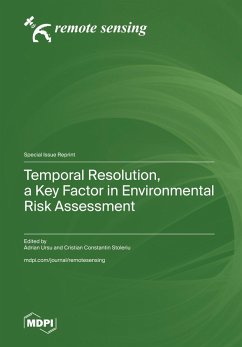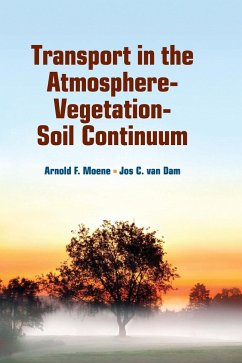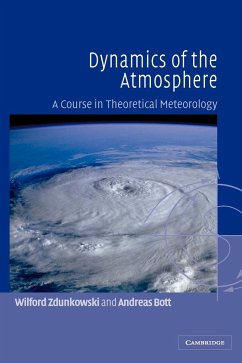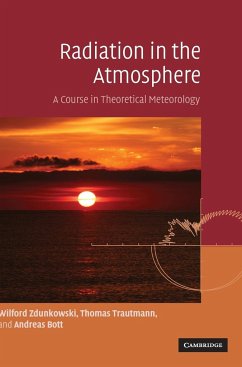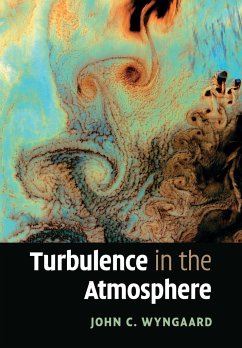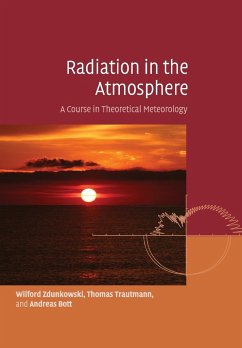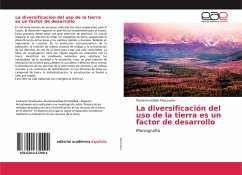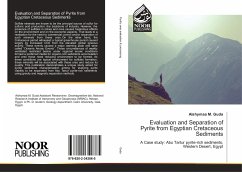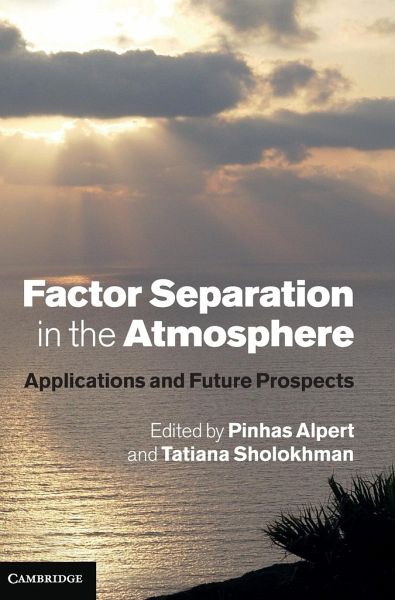
Factor Separation in the Atmosphere

PAYBACK Punkte
70 °P sammeln!
Modeling atmospheric processes in order to forecast the weather or future climate change is an extremely complex and computationally intensive undertaking. One of the main difficulties is that there are a huge number of factors that need to be taken into account, some of which are still poorly understood. The Factor Separation (FS) method is a computational procedure that helps deal with these nonlinear factors. In recent years many scientists have applied FS methodology to a range of modeling problems, including paleoclimatology, limnology, regional climate change, rainfall analysis, cloud mo...
Modeling atmospheric processes in order to forecast the weather or future climate change is an extremely complex and computationally intensive undertaking. One of the main difficulties is that there are a huge number of factors that need to be taken into account, some of which are still poorly understood. The Factor Separation (FS) method is a computational procedure that helps deal with these nonlinear factors. In recent years many scientists have applied FS methodology to a range of modeling problems, including paleoclimatology, limnology, regional climate change, rainfall analysis, cloud modeling, pollution, crop growth, and other forecasting applications. This book is the first to describe the fundamentals of the method, and to bring together its many applications in the atmospheric sciences. The main audience is researchers and graduate students using the FS method, but it is also of interest to advanced students, researchers, and professionals across the atmospheric sciences.





